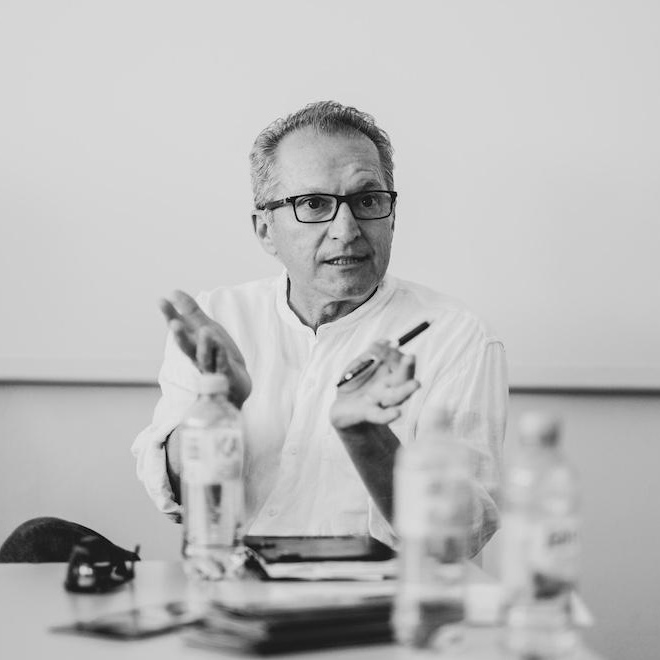
How to Translate Anything

Russell Valentino
Comparative Literature
Translation is one of the oldest and most complex forms of cross-cultural communication. By its very nature, translation depends on the nuances of human experience, thought, and emotion in contexts that vary widely both in time and place. Being able to translate means both analyzing cultural, religious, linguistic, artistic, and philosophical expressions in their respective, unique linguistic and cultural contexts, and then making them effective in other, altogether different contexts. This course employs practice as a primary means of exploration. It also uses materials from literature, religion, philosophy, and more to explore how translation happens, who does it successfully, how it can fail, and what skills one needs to master in order to do it well. As an early step, we’ll explore the often-overlooked skill of paraphrase (intra-lingual translation) to exercise the capacity of adopting another’s standpoint, a capacity that translation requires one to practice habitually: unlike the usual forms of college-based textual analysis, which frequently require students to discuss a portion of a text as part of an “original” argument, translation does not allow students to skip over the parts that might not accord with whatever argument they might want to make. Translators, if they are to be moral in the practice of their work, must understand everything a text has to say and convey all of it to their listeners or readers—there’s no skipping over the things you don’t understand or don’t agree with. This means that translation as a form of writing has two sides. On one side, the translated text must be effective in the receiving language and culture—if it’s a recipe, it needs to act like a recipe, not a translation of a recipe; if poetry, then it should be able to sit comfortably beside poems originally written in English; plays should feel like plays; essays like essays, tractor repair manuals like tractor repair manuals. You get the idea. On the other, the translator can never stop listening to the source language and the source culture, lest its sound and force get left behind. As a result of this dual imperative, translators frequently practice belonging to two or more cultures at once. In this course, we explore issues associated with a wide variety of translation practice, using examples from the technical to the artistic. We also discuss texts from diverse cultural and linguistic traditions and time periods. Finally, we consider resources available to translators and how to use them, including computer-assisted translation tools.
Catalog Information: HON-H 303 INTERDEPARTMENTAL COLLOQUIUM

